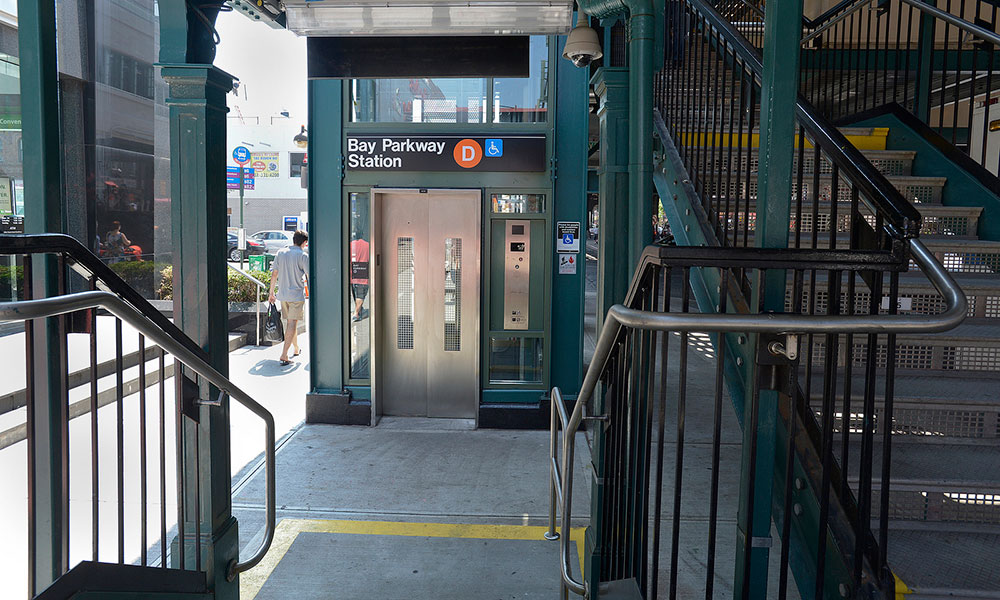
Groups File Suits Over NYC Subway’s Lingering Accessibility Problems
In a pair of class-action lawsuits—one at the state level, one at federal—nonprofits and advocacy groups focused on assisting those with disabilities claim that New York City's Metropolitan Transportation Authority isn't doing enough to make the city's iconic subway system accessible.
One of the biggest weaknesses of New York City’s otherwise impressive subway system is its lack of accessibility—the broken elevators and hard-to-reach stations that make the trains almost impossible to use for people with disabilities.
Now, a coalition of advocacy groups wants to change that state of affairs. Last week, the nonprofit legal organization, Disability Rights Advocates, launched two separate class-action lawsuits against the city’s Metropolitan Transportation Authority (MTA), which it argues is systematically limiting people with disabilities from using the subway. According to an analysis by DRA, nearly 80 percent of the system’s stations lack any accessibility, a situation worsened by the fact that as many as 25 subway station elevators don’t work on a given day.
“The lack of elevators doubles my commute time, at best,” plaintiff Sasha Blair-Goldensohn was quoted as saying on DRA’s website. “And if just one elevator is out of service, I’m stuck. I never know when I’ll have to ask strangers to carry me up the stairs in my wheelchair. It’s nerve-wracking, dangerous and degrading.”
That, the group says, violates both state and federal laws.
One of the lawsuits targets the federal level, arguing that the lack of elevators throughout the system violates the Americans With Disabilities Act. The other suit, at the state level, takes the approach that MTA is violating a civil-rights law within the city.
In comments to The New York Times, DRA Litigation Director Michelle Caiola claimed that the legal action only came about after their concerns with the subway system went unheeded by MTA officials.
“We’ve talked to the MTA on multiple occasions,” she told the newspaper. “There is not any interest in any long-term plan to address the inaccessibility.”
For its part, MTA tells the Times that it has invested money in boosting compliance with federal disability laws but that getting things up to code won’t be cheap. The MTA estimates a cost of $10 billion to get the rest of the system functioning under federal law.
But DRA and other groups that are suing, such as the Bronx Independent Living Center, argue that the upgrades are necessary, as a lack of action discriminates against a large portion of the population.
“People who use wheelchairs or other assistive devices have few options for transportation in the city,” BILS Executive Director Brett Eisenberg said in the release. “This makes it difficult to carry out everyday activities such as work, shopping, and medical appointments, and leads to social isolation. The options are even further limited in the boroughs outside Manhattan.”
Elevators on the NYC Subway, like this one, are relatively rare. (mtaphotos/Flickr)






Comments